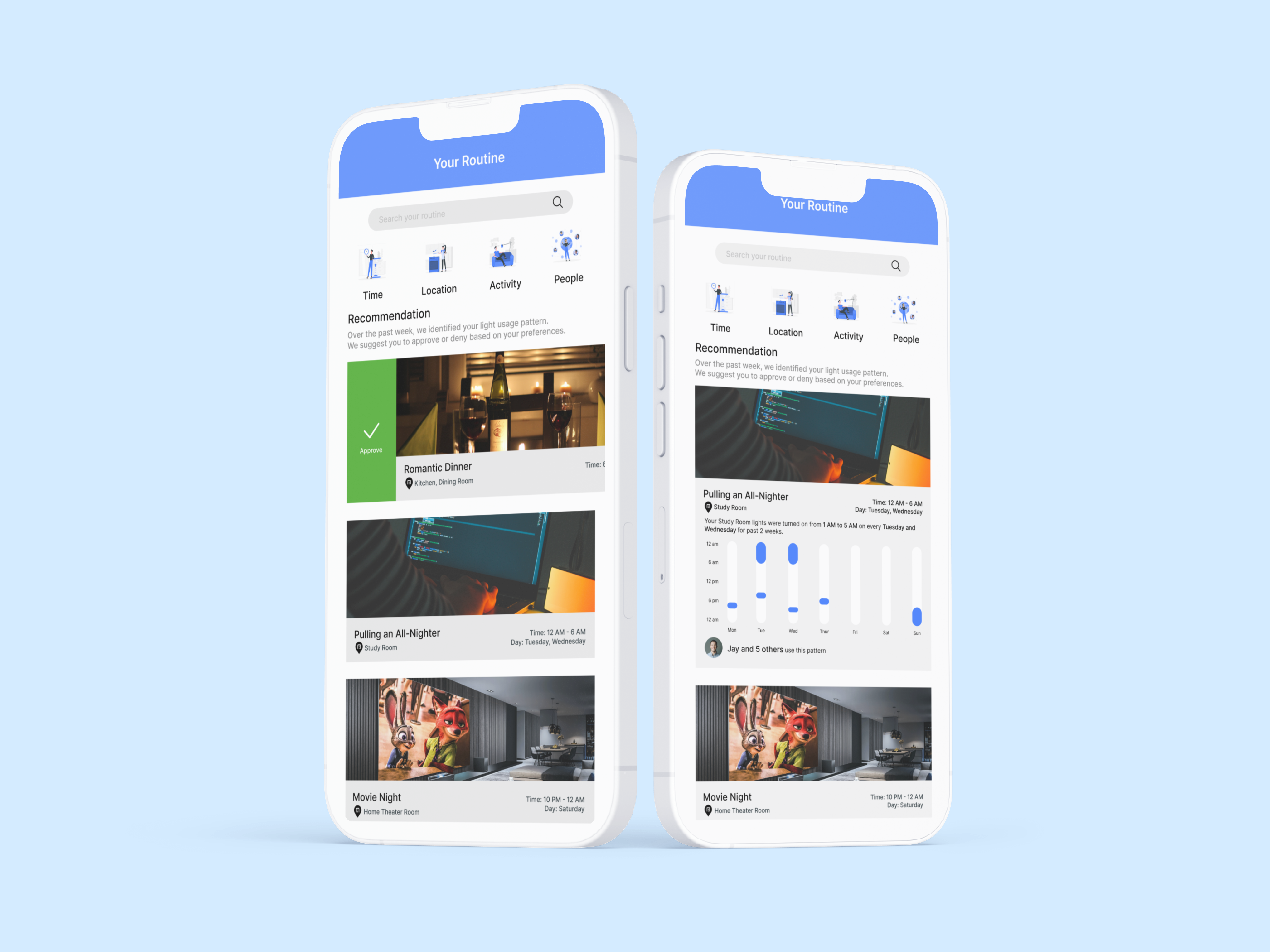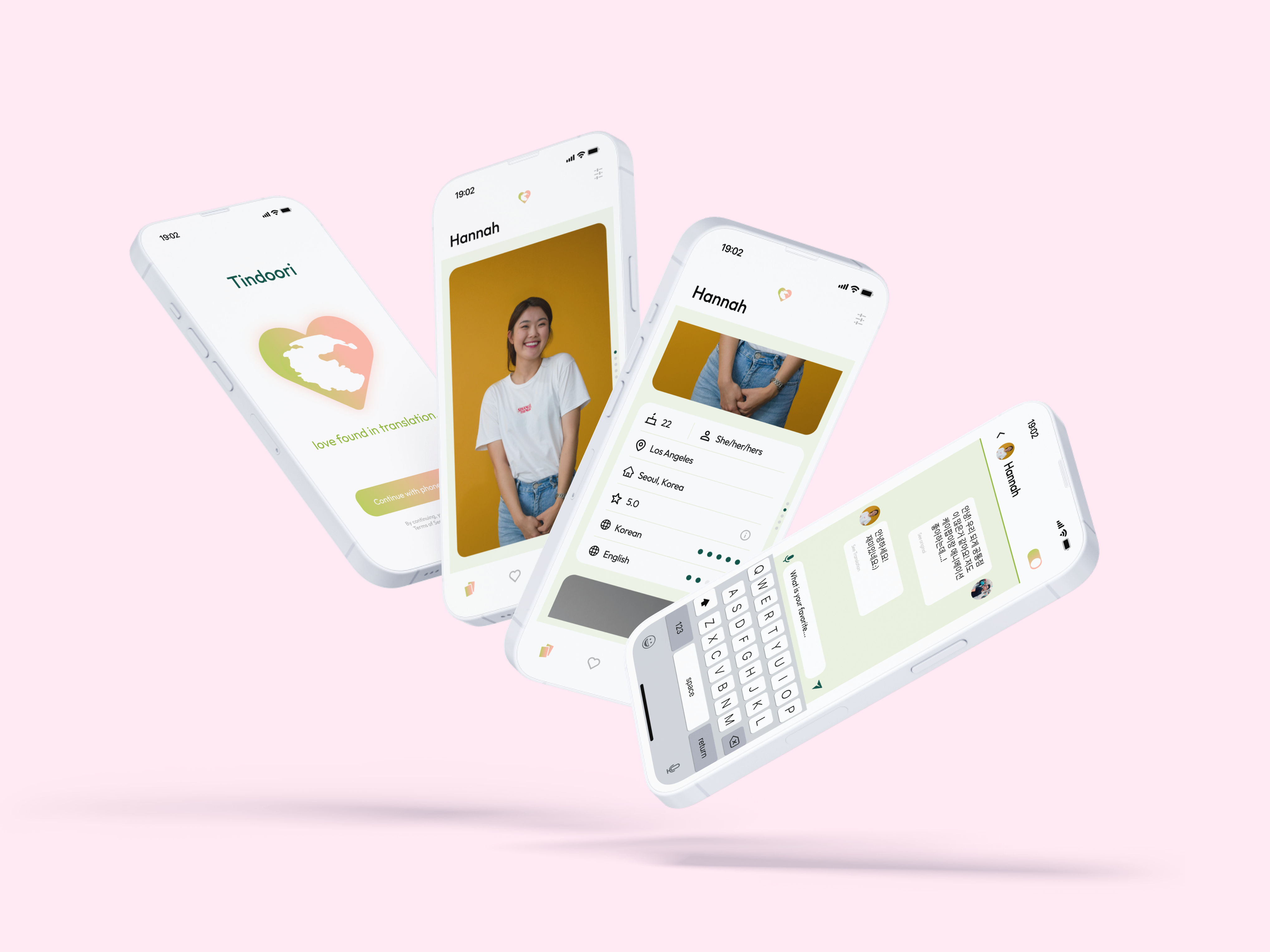Gifty
Reconnecting with your loved ones through shared gift-giving experiences
Duration: 3 weeks
Course Name: Interaction Design Overview
Skills & Methods: UI/UX design, Responsive app design, Research Analysis
Tools: Figma, Miro board
Team: Michelle Zhu, Ashima Sharma, Emily Zhou, Xiaoying Meng
"How might human-computer interaction help people to connect, play, learn, or work together in times of Covid-19?"
Context
Problem &
Solution Procedure
Due to the pandemic, various aspects of life were on sudden pause and one specific domain that was impacted greatly is the area of celebration. People were left to "celebrate" birthdays, anniversaries, and other celebratory days alone with no one and nothing to celebrate with. This uncontrollably resulted in negative effects on people's daily life, such as their relationships and mental health.
Recognizing this loss, our team came up with Gifty, a gift exchange service that provides a digital space for users to reconnect with their family and friends by sending customized surprise gifts to their doorstep.
The journey to creating Gifty consisted of these various steps:
1. Thorough secondary research and interviews to gather crucial insights on the topic of gifts
2. Research Analysis ( Diagramming, affinity diagrams)
3. Ideation Process ( storyboards, scenarios, wireframing)
4. Responsive high-fidelity prototype of our remote gift-exchanging app that meets the needs of multiple stakeholders (low-fi, mid-fi, hi-fi, final prototype)
Research Process
Secondary and Primary Research
In preparation for starting the research procedure, our team gathered some knowledge gaps and questions that we wanted to investigate on the broad topic of gifts. Some include:
- Do some people not like receiving gifts?
- What are some already existing gift-giving services?
- Is it really the "thought that counts?"
- What are some views on virtual gifts? tangible vs intangible?
- What do people think of practical vs. impractical gifts?
- What makes a "good" gift?
- What are some views on gifting/receiving money as a gift?
With these thought points in mind, we set the goal to inform ourselves with different perspectives on gift exchanges so that we can create a product that meets the needs of multiple stakeholders. We additionally conducted several interviews with working young adults, our target audience, to gain their views on gift-giving and receiving.
Research Analysis
From these initial stages and an additional affinity diagram, we discovered that:
1.) People feel pressured and stressed to give gifts, even to their close family and friends
2.) It is more common for someone to receive a gift that they don't like
3.) The process of gift-giving becomes more elaborate and sometimes tedious as people get older.
4.) People find it hard to personalize a gift that is appreciated when they know that personalized gifts are more appreciated.
5.) People experience tension between getting a personalized gift that is appreciated versus a practical gift that will actually be used.
These insights surprisingly contradicted many of our initial expectations of peoples’ likes and dislikes and revealed pain points that we chose to explore in the scenarios and storyboards phase.
Scenarios & Storyboards
Scenarios
To help the process of solidifying our final solution, we created a series of scenarios that clearly addressed the problem and concluded with various methods of solution.
Storyboards
To further push this agenda, we decided to change the one-way gift-giving into an idea of a shared gift box for a shared experience. The users would complete an interest survey then the app would suggest a gift box based on their shared interests. By experiencing the gift box together, the users can have new experiences together remotely.
How might we give gifts that the recipient will enjoy?
How might we strike a good balance between personalized and pragmatic gifts?
How might we reduce the obligatory role of gift-giving in society? How might we take the pressure/stress off of gift-giving?
Our Final Solution
After generating numerous amounts storyboards exploring different research questions, our team came to the conclusion that we wanted to focus on reducing the obligatory stress that comes along with gift-giving. To deliver the solution, we planned to create an app/service that promotes casual gift-giving experiences in daily life, which will give more opportunities for relationship building through the act of gift-giving.
Iteration Stages
Wireframes
The first step in translating our idea into a screen-based interactive product was to go through the process of parallel prototyping. We cohesively concluded that the screens of interest survey, gift selection, profile page, and rating were the most important and separated in creating 1-2 sketches of what those interactions would look like.
Medium Fidelity
Prototype
Moving forward, we gathered our wireframes together and selected the designs that we cohesively thought were the most effective and efficient. We then translated those sketches into Figma in grayscale first then applied our brand's color palette to the design later.
High Fidelity Prototype
(Independent work)
This project was actually concluded after our medium-fidelity prototype but I revisited this project earlier this year and created a high-fidelity prototype to practice my UI design skills. Looking back after a year of experience in UI/UX design, I noticed a lot of flaws and mistakes in our design. It was exciting to see
I made some additional design decisions for Gifty:
- I shortened the initial quiz interaction to engage the users more and increase the probability of them actually completing the quiz.
- The sending gift interaction is similar to an online shopping experience and at the end of the purchase, the sender is given the opportunity to personalize the gift by including a note with the gift.
- The confirmation page includes phrases and animation that conclude the experience in a satisfying and enjoyable way, which could potentially increase the probability of the users using Gifty again in the future.
Key Learnings
This was the first UX project I've been a part of and there were a lot of takeaways. Coming from an art background and as an intuitive worker, it was my first time modeling and mapping out research insights. Finding opportunities within the research process and just the whole process was eye-opening. I quickly adapted to the pace and process of our group despite being a little bit lost in the first couple of weeks. Although this project was not as developed as my other projects, I learned the most from it because it was my first introduction to User-centered design.

